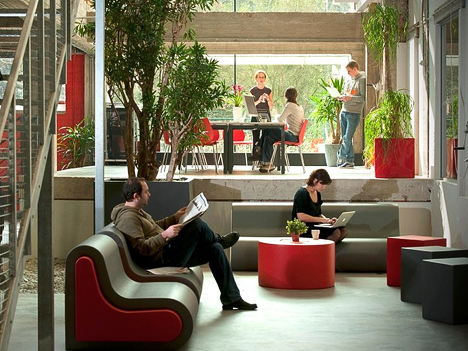Home, Office
Multifamily + Coworking
Home is where the heart is, as well as the home office for some. All the time at home in front of a computer, however, can lead to feelings of isolation, a lack of inspiration, and a lack of meeting space for collaboration. Remote employees and freelancers turn to coworking spaces for help. To avoid […]









